Kindly do visit this blog site and please do help them to gain viewers for their project. Post comments and like their post will be more appreciated. Thank you in advance and God bless 😊
Walking alone’
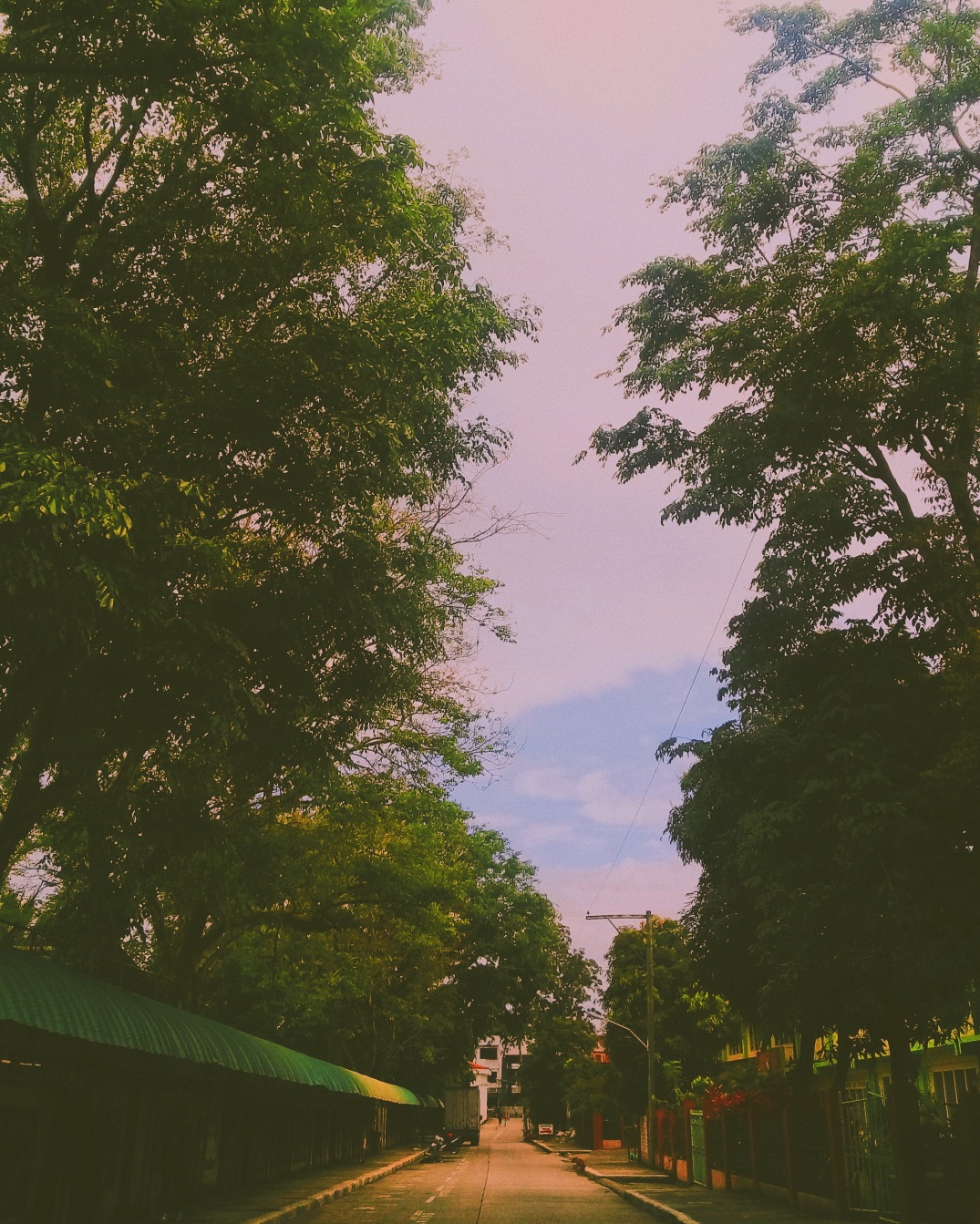
“It’s your road and yours alone. Others may walk with you, but no one can walk it for you. “
Lueur’

“Sunsets are proof that no matter what happens, every day can end beautifully”
– Kristeb Batler
Come and visit our site!
Kindly do visit our blog site, post comment and like our posts. Please do share this to others will be more appreciated. We just need more viewers for our project. Thank you and God bless ☺
https://photographiyaph.wordpress.com
Quote it!

In a world addicted to speed, I blur the moments to unholy smear…..
“The empty road feels like it’s yours “
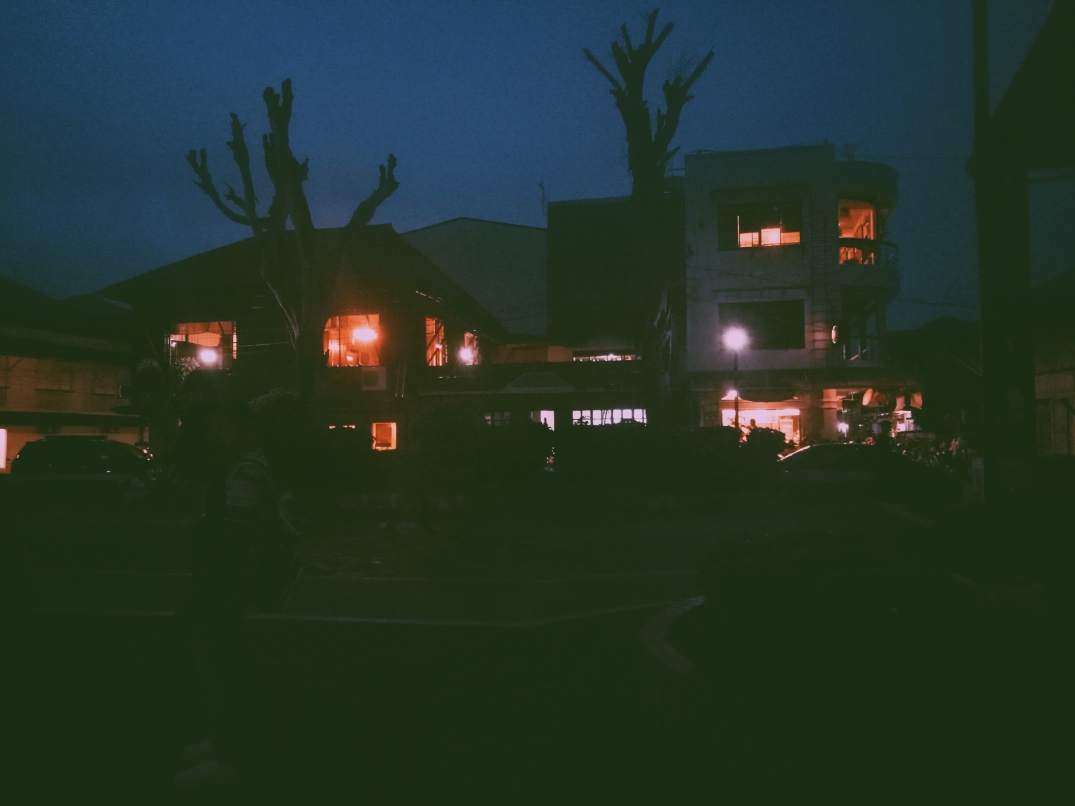
ctto: Heaven
I love that at night the road is empty (or emptier) and therefore feels like it’s yours. I love that the light is beautiful, even on a bright summer night; that you feel outside of the world. I’m a student who choose to stay late at the road before going home just to see the street light with few people walking. I’ve seen people going for their morning run in complete darkness, I’ve seen tired people coming home from late evening shifts, watching warily out of the window. I have seen many beautiful sunsets and sunrises at wildly different times.
Beneath the radiant sky.
You will be the clouds
And i will be the sky,
You will be the sea
And I will be the shore,
You will be the trees
And I will be the winds,
whatever we are, you and I will always collide.
Stop Taking Pictures. Start Taking Photos.
Now, in the traditional sense, a “picture” and a “photo” mean pretty much the same thing. To me, these two words illustrate the difference between the first and second image above. Taking a picture is seeing something with your eyes and capturing that moment with a camera. Taking a photo acknowledges the difference between being somewhere and seeing somewhere.Taking a photo is understanding that our fully immersive experience has no direct mapping to a 13″ computer screen.
This is not to say there is anything wrong with taking pictures. I love taking pictures for the sake of telling stories. But, these same stories are told more effectively when we admit the difference between the images from a camera and the experiences themselves.
1. Pick a Tree — Don’t Photograph the Entire Forest.
It’s human nature. We’re surrounded by an incredible landscape, and we want to capture all of it in one image. Yet, some of my most underwhelming photography has come from the most beautiful places. These incredible places make it all the harder to acknowledge that what looks good in person doesn’t look good in a photo.
In most cases, the difficulty lies in subtraction. There’s some sense that we wouldn’t be conveying the full beauty of the moment if we can’t fit it all into one photograph. But we don’t look at photographs like we look out onto a countryside sunset. As a photographer, you need to make decisions about what is important to focus on. We need to pick a tree in the forest, and tell the story of forest from that tree. Taking a photo requires deliberate subtraction.
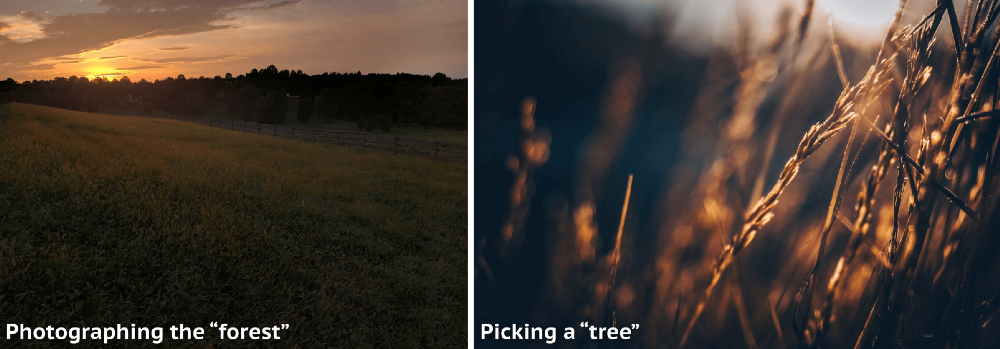
2. Get close and pick a side. Especially with people.
Sometimes I’ll come across a book with genuinely interesting ideas which have been organized in such a baffling manner that I can’t make heads or tails of what the author is getting at. The content may be fine, but I’m left overwhelmed and feeling uneasy. This is normally the result of the author lacking either (a) a clear focus, or (b) a natural order for presenting their thoughts.
Photos are no different — they need focus and flow. Getting close and moving the subject to a side forces you to make deliberate decisions about your focus and framing. It forces you to decide what story you’re trying to tell with the photo.
By getting close, we make the subject of our photos stand out. Not only does the subject take up more of the image, but the background becomes out of focus. The background doesn’t disappear — its presence is still felt — but there is no longer a fight for attention.
By moving the subject of our photo to the side, we create a natural flow throughout the image. There is no uneasiness about where we should look. No feeling of our eyes jumping around the image. No sense of being overwhelmed, worrying that we’re missing something.
Note: When photographing people, this sometimes requires getting almost uncomfortably close. This is especially the case when using a phone camera, which generally have wide-angle lenses. As a rule-of-thumb, get close enough so that the background is out of focus.

3. Make editing your photos fun enough that you’ll actually do it.
It’s no secret that editing photos can make a huge difference in the end result. Still, my disdain for Photoshop brought me to the point where I’d started to skip editing all together. Lightroom for desktop offers a more manageable alternative, but still requires a good bit of time dedicated to sitting down and working through photos (and plus it’s expensive!).
Luckily for me and the other Photoshop-haters, photo editing has become just about as powerful on mobile. I now do 95% of my photo editing on my phone — and I love it. If you’re on iOS, check out Mextures. If you have an Android, try Snapseed. You’ll be amazed what you can do within 5 minutes of opening the app.
Edit aggressively. Personally, I had to get over some feeling of guilt from editing photos. There was some sense that I was taking artistic libertiesand artificially inflating some pretty average photography to make it look like I can take a decent photo. Sometimes I still have to remind myself that I’m editing photos for enjoyment — not doctoring security footage.Cameras simply cannot capture the dynamic range that the human eye can see. This results in dull looking and underwhelming photos compared to what we’re seeing with our eyes. Touch up edits are usually necessary to create a more realistic image. Taking it a step further, though, allows us to add our artistic touch and turn pictures into photos.
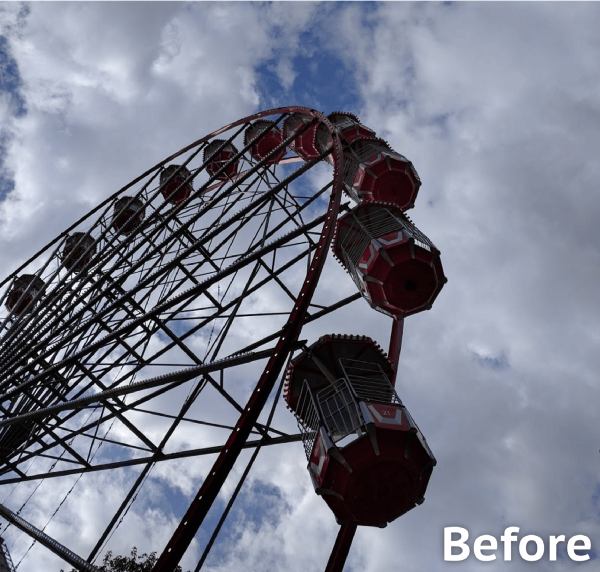
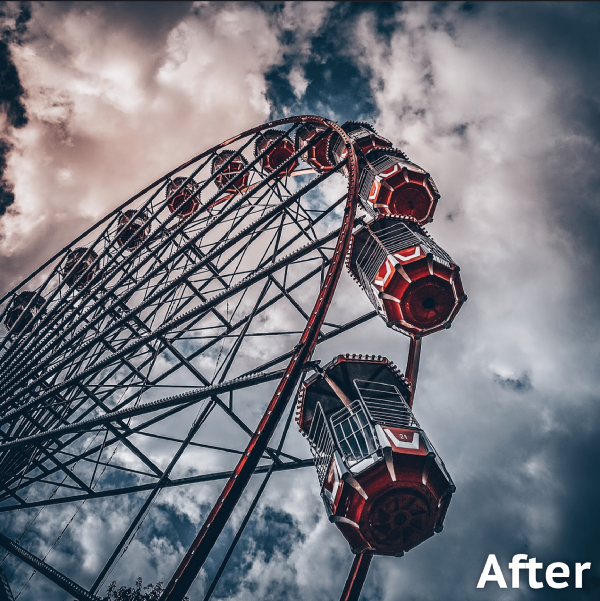
4. Be inspired.
I am absolutely blown away every time I look at the photographs onUnsplash. There are literally thousands of people taking photos that will put mine to shame every time- and this is just wonderful. I have so much room to grow as a photographer and a constant flood of inspiration.
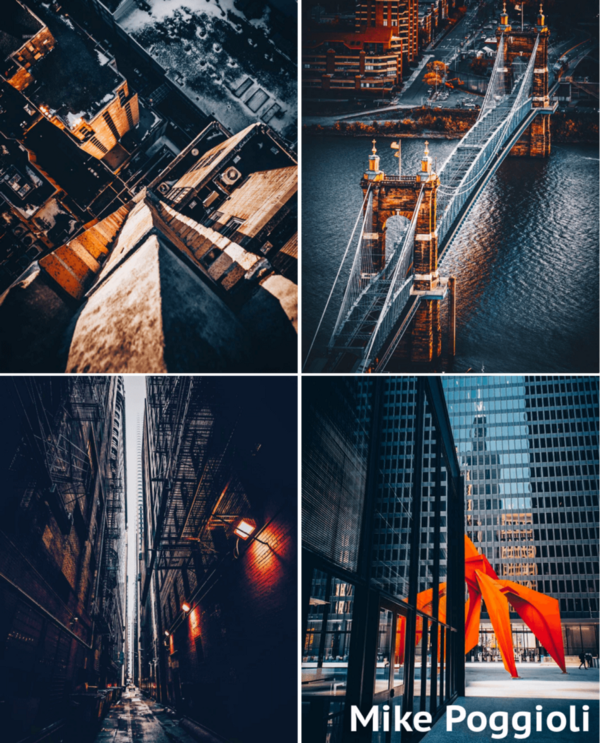
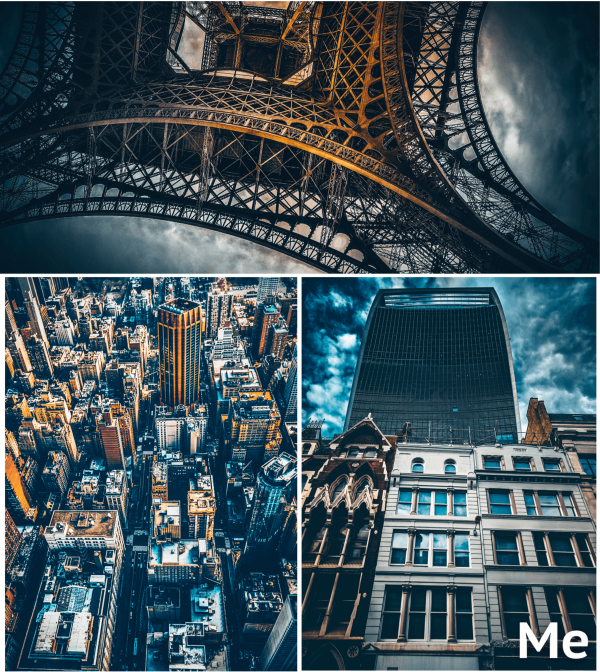
5. Create delight, not perfection.
Pictures capture pixel-perfect recreations of a moment.Photos aren’t supposed to be the perfect depiction of anything. They exist for delight.
This is especially important when editing photos. It’s very easy to consumed in tweaking the finest details, and turn it into a chore instead of a hobby. I have one simple rule for myself: when I’m no longer enjoying myself — I stop.
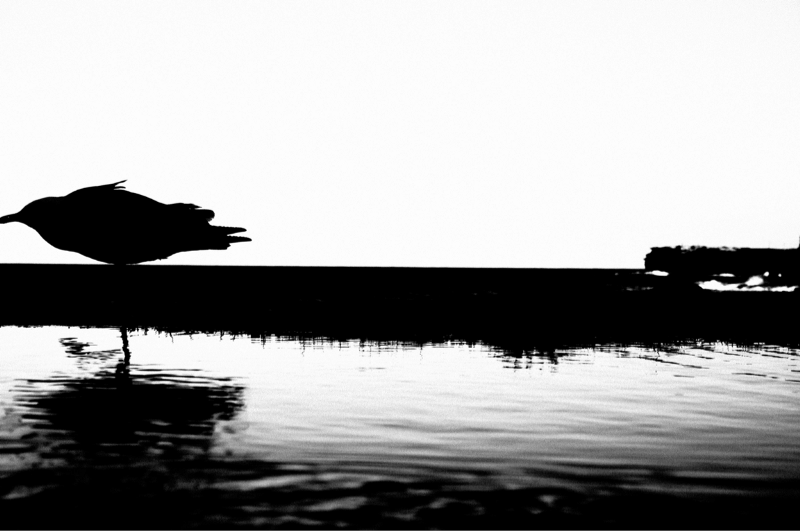
(6.) Share.
It’s no secret: people love looking at photos. Let’s see what you’ve made.
Kissed by the sun!

VSCOPH
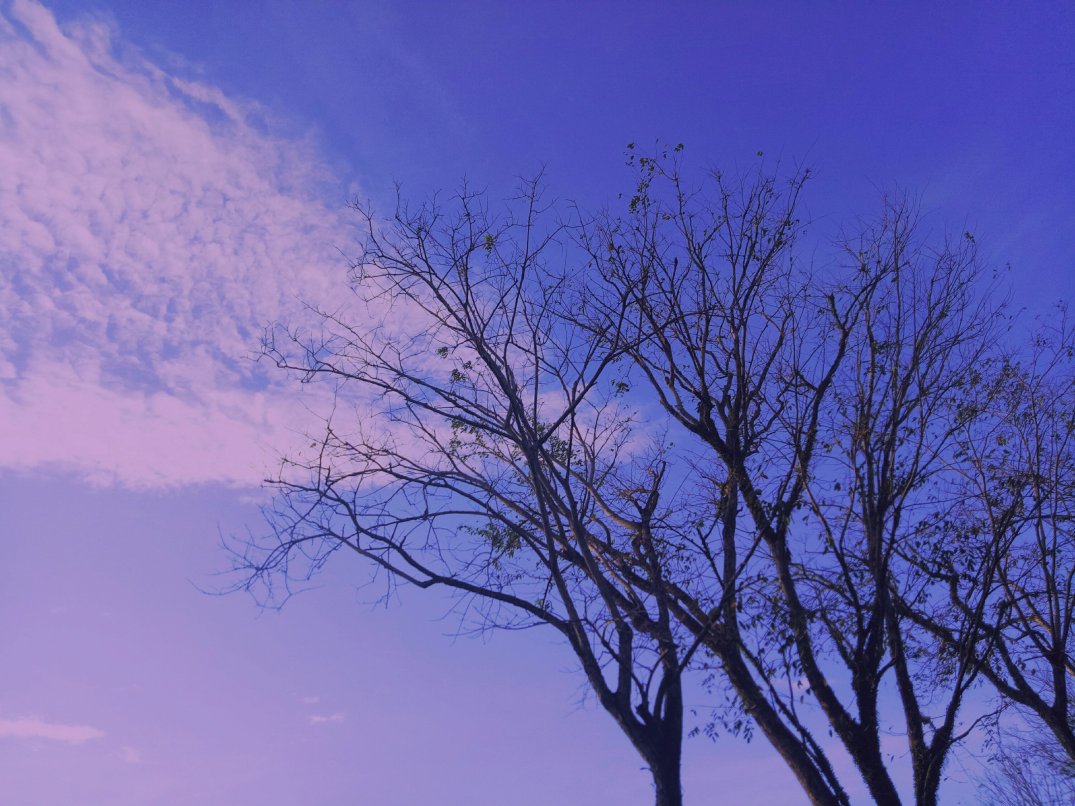
“Trees are poems that Earth writes upon the sky”
–Kahlil Gibra
